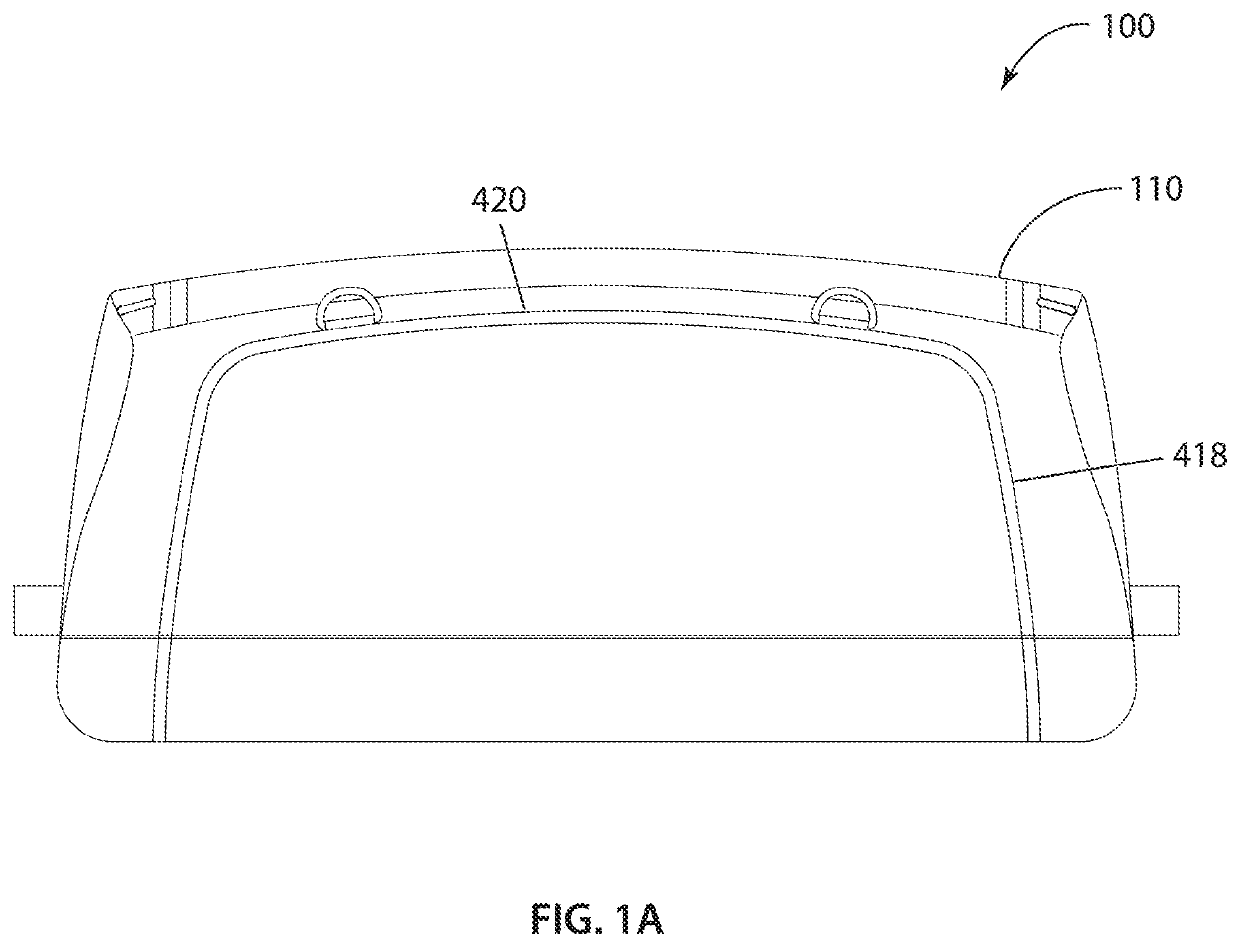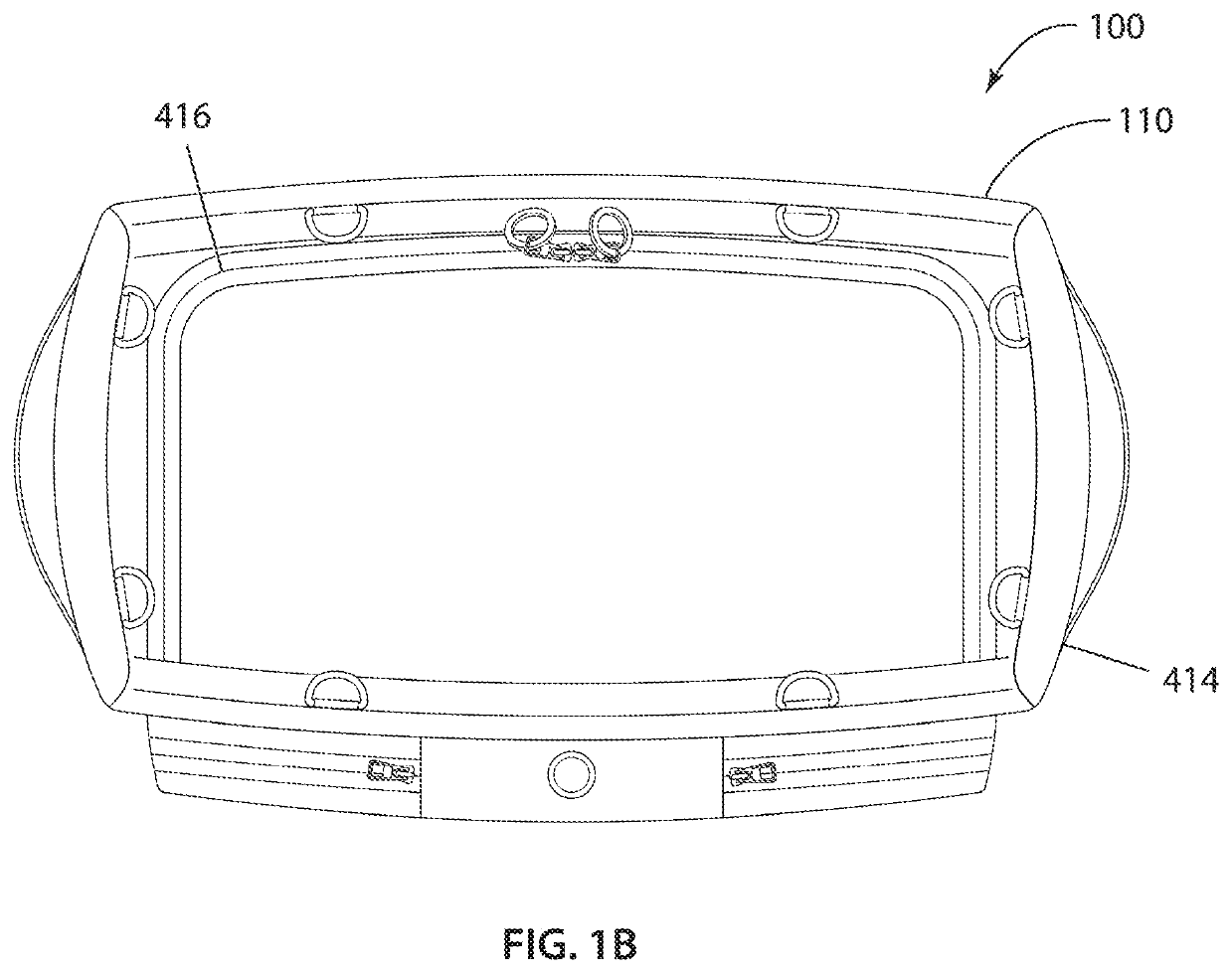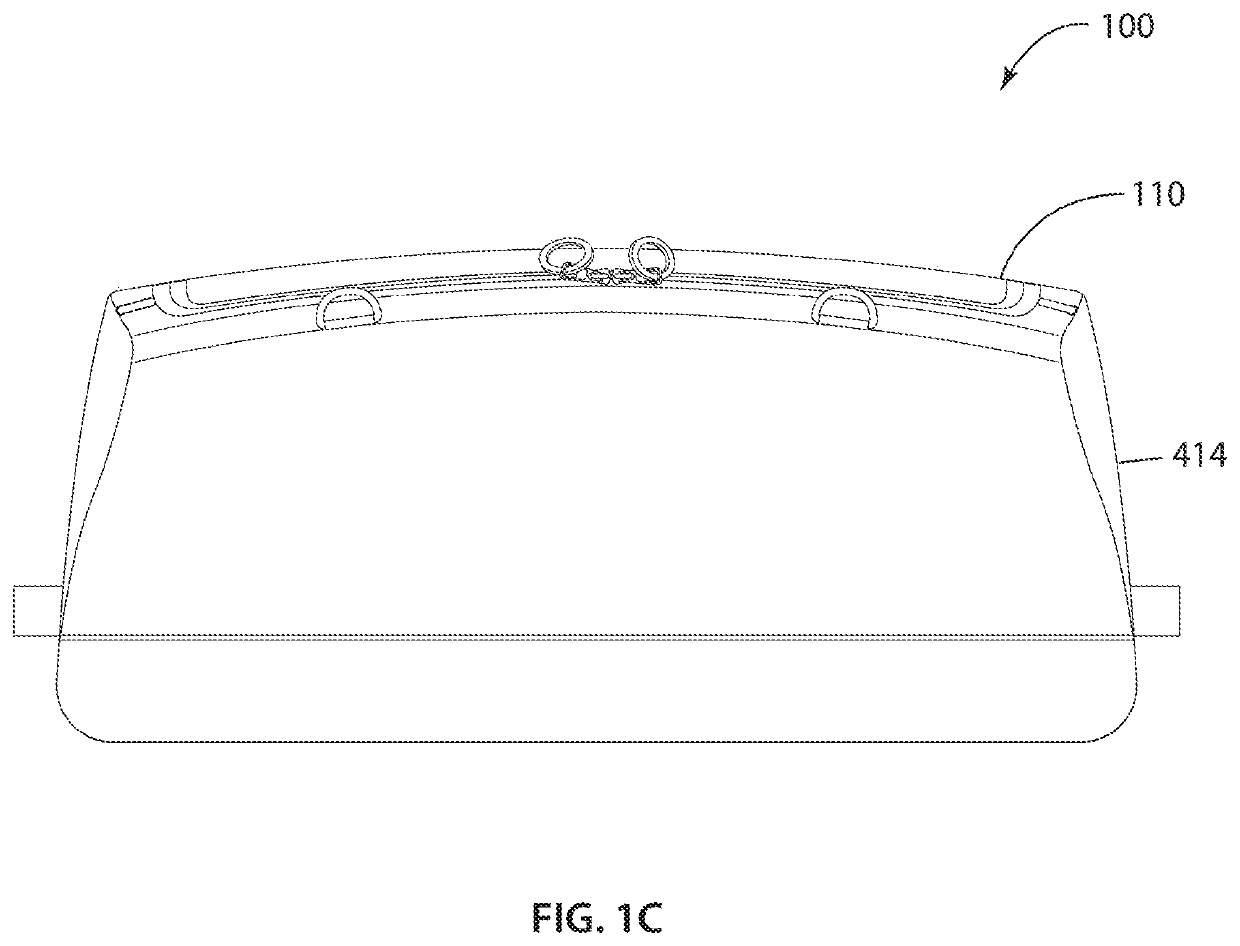The excessive cleaning of clothing, shoes, sports gear, and equipment is a waste of time and resources.
Since most individuals lead busy daily lives, it is often hard to properly clean and maintain their gear.
They have the choice of cleaning it at home, which is
time consuming, or taking their gear into a professional facility, which is expensive.
This presents a serious problem as many
athletes are exposed to germs that can cause severe infections.
Another problem identified is the difficulty of laundering workout clothes.
Since most items are heavily perspired in, they can develop strong odors that are very difficult to eliminate with home
laundry processes.
Most people's current cleaning habits do not properly maintain sporting gear between uses.
This leads to excessive germ growth on items that are very hard to eliminate with current at-home methods.
This is due to the time required for
laundry and costs associated with professional dry-cleaning.
The excessive cleaning of their wardrobe costs resources and prematurely degrades items, resulting in a shorter wearable life for the article of clothing.
Others may use a dryer or steamer to refresh worn clothing, but the results are not consistent as many odors are tough to remove with only heat and
moisture.
These appliances are very large and require professional installation.
Hand cleaning items is a tedious chore to do often.
A person is also limited to the areas they can clean with any sprays or wipes.
Harder to reach spots, such as the inside of a glove or shoe, never get sanitized very well.
Therefore, it is hard to get good deodorizing results with hand cleaning items.
This is due to the improper cleaning of items, leading to
bacteria regrowth in hard to reach spots.
Germs stay deep within fibers, which degrades materials faster and gives off bad odors, reducing the items
usable life.
Laundry is also a time-consuming chore that uses a great deal of chemicals, water, and energy to clean clothing.
Excessive cleaning of clothing also prematurely wears them down and reduces their
usable life.
However, this does not kill germs or tough odors set deep within fibers.
These particles are also dangerous pollutants that end up in water sources and are very hard to filter out.
Hand-held steamers are also a popular option for refreshing worn clothes but are difficult to use.
These devices do not deliver consistent results as some odors cannot be removed using steam, becoming worse from the
moisture introduced.
They also do not effectively kill germs as the hot steam rapidly cools down by the time it contacts the item.
Other home solutions to refresh clothing have been limited by their design and results delivered have been inconsistent.
Users have noted mixed feedback on the results as they cannot kill strong odors from body sweat or
cigarette smoke, and set in any stains because of the heat used.
The
system has had limited adoption as it is a large appliance and can be difficult to use.
More recent steam
closet appliances have also had limited adoption due to their price and size.
These systems are designed to refresh clothing slowly using steam over a long period of time and cannot be used on a wide range of items.
However, they are expensive to use often and are becoming an uneconomical option due to increasing prices.
They have had limited success due to their size and process.
Many systems cannot effectively clean all sides of an item, such as the interior folds of clothing, especially when many items are placed inside.
This presents a problem as an item will smell clean on one side, but dirty on the other.
The creation of ozone gas from these systems also forms
nitric acid inside which is toxic.
These systems leave users with partially cleaned items and pungent odors at times, resulting in a poor user experience that is not easily adopted.
Since users do not consistently open the bag or
enclosure to a clean
aroma, they do not always believe the items inside have been cleaned.
 Login to View More
Login to View More 


